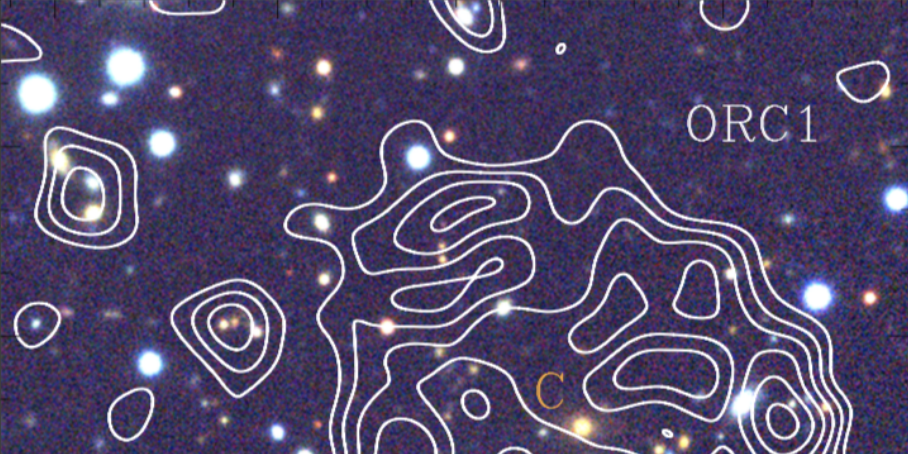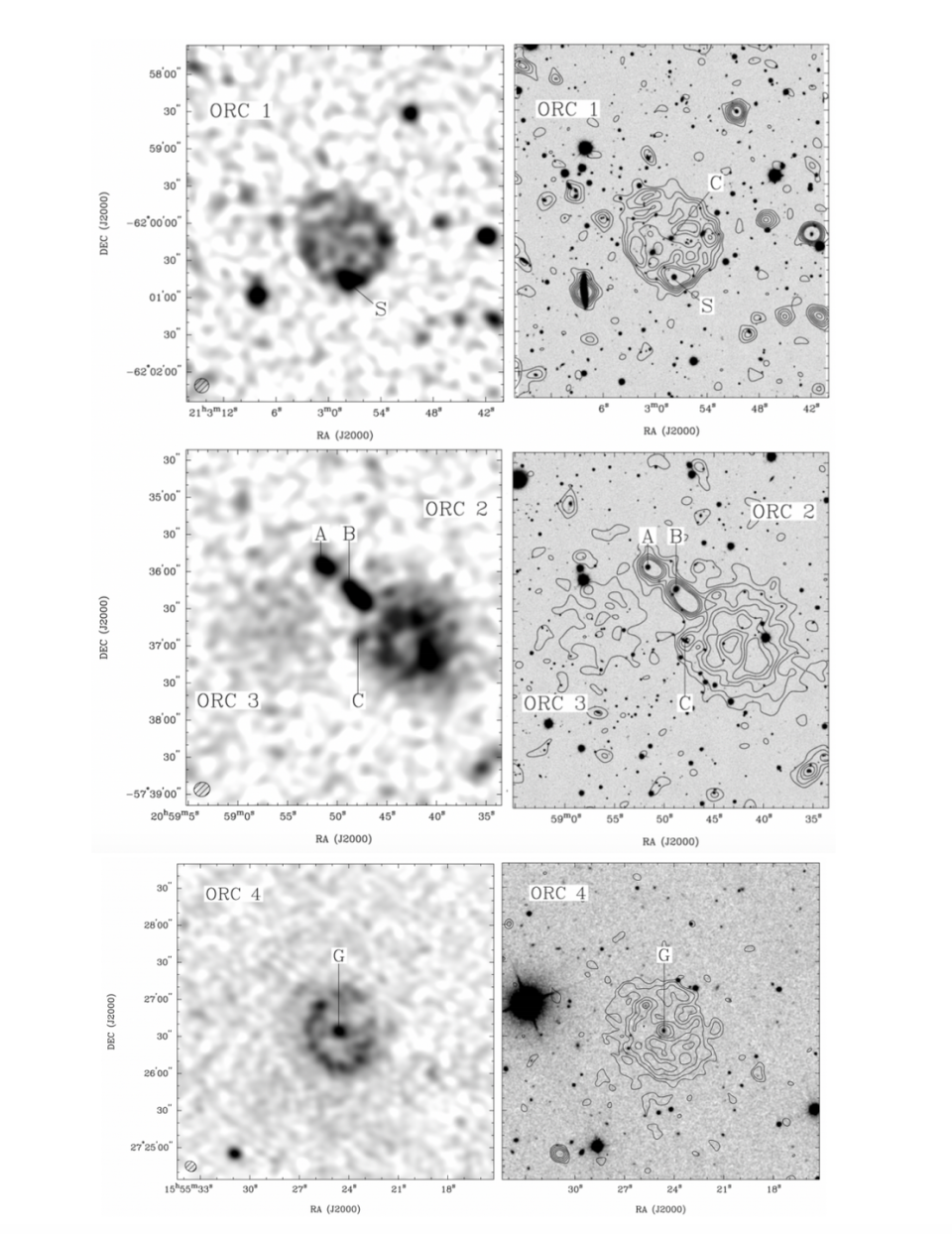Astronomers Spot Strange Space Object, Have No Idea What It Is

Astronomers may have discovered a new type of cosmic object.
The strange objects are only visible in radio wavelengths.
The international team posted their findings, which have not been peer-reviewed yet, to the preprint server arXiv and have submitted the paper to Nature Astronomy.
An international team of astronomers claims to have discovered a new type of celestial object.
Scientists first spotted the objects, which they've dubbed "Odd Radio Circles" (ORCs), in the heaps of data that were collected during a preliminary survey by the Australian Square Kilometre Array Pathfinder's Evolutionary Map of the Universe project, reports Live Science. The ORCs are mostly circular (one is shaped like a disc) and three of them are brighter around the edges.
The mysterious objects can only be spotted with radio telescopes. They're completely invisible to X-ray, optical and infrared telescopes. What's more, they "do not seem to correspond to any known type of object," the researchers write in their paper, which was published on the preprint website, arXiv.
"Circular features are well-known in radio astronomical images, and usually represent a spherical object such as a supernova remnant, a planetary nebula, a circumstellar shell, or a face-on disc such as a protoplanetary disc or a star-forming galaxy," the researchers write.

The team combed through other sources of data to see if they could spot anything similar. That's when they found the fourth circle, tucked away in data gathered in 2013 by the Giant MetreWave Radio Telescope in India. The ORCs have been spotted in data from other radio telescopes around the world, ruling out the possibility that a telescopic glitch could have caused the readings.
So what could these strange sightings be?
In their paper, the team runs through a list of scenarios that could account for the mysterious ORCs. They rule out supernova remnants and galactic planetary nebulas because of their rarity. Several of the ORCs were spotted in one image, so if they turned out to be supernova remnants or galactic planetary nebulas, that would suggest that these objects are way more common than previously thought.
"[I]f the ORCs are [supernova remnants (SNRs)], which they strongly resemble, then this implies a population of SNRs in the Galaxy some 50 times larger than the currently accepted figure, or else a new class of SNR which has not previously been reported," they write.
Instead, the team suspects that ORCs may be a type of circular spherical wave which appeared in the aftermath of an extra-galactic transient event, like a powerful neutron star merger. They could also be a combination of different phenomena.
Alternatively, we could just be looking at a known object from a different perspective. "It is also possible that the ORCs represent a new category of a known phenomenon, such as the jets of a radio galaxy or blazar when seen end-on, down the “barrel” of the jet," they write.
One thing is clear: we need a lot more observations to unravel what exactly these objects might be.
You Might Also Like

